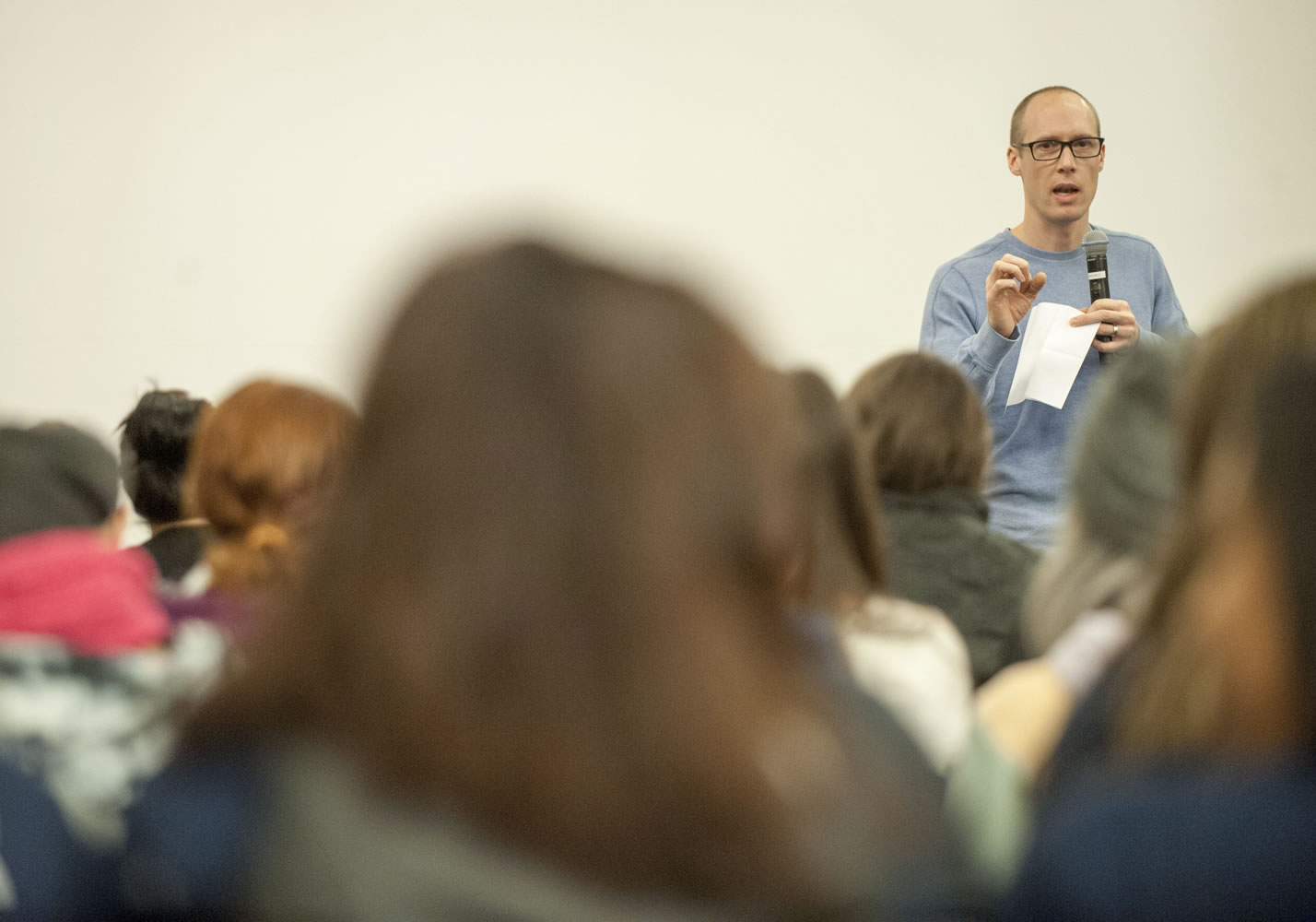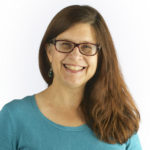PORTLAND — Andrew Todd sat among a sea of other high school students in the Souther Auditorium at Providence St. Vincent Medical Center in Portland. His eyes were glued to the enormous screen, where a neurosurgeon was in the midst of removing an aneurysm. The glistening brain pulsed in a steady rhythm.
“Why is the brain moving?” asked the Fort Vancouver High School sophomore.
“The brain moves for two reasons. When you have a pulse and when there is a change in respiration,” answered Braidon Freeman, a physician assistant standing in the auditorium.
Andrew was part of a group of seven students from Fort Vancouver and Skyview high schools who watched a brain surgery live on Jan. 13. The Vancouver students were among 190 high school students and their teachers from the Portland metro area who observed the real-time brain surgery.




